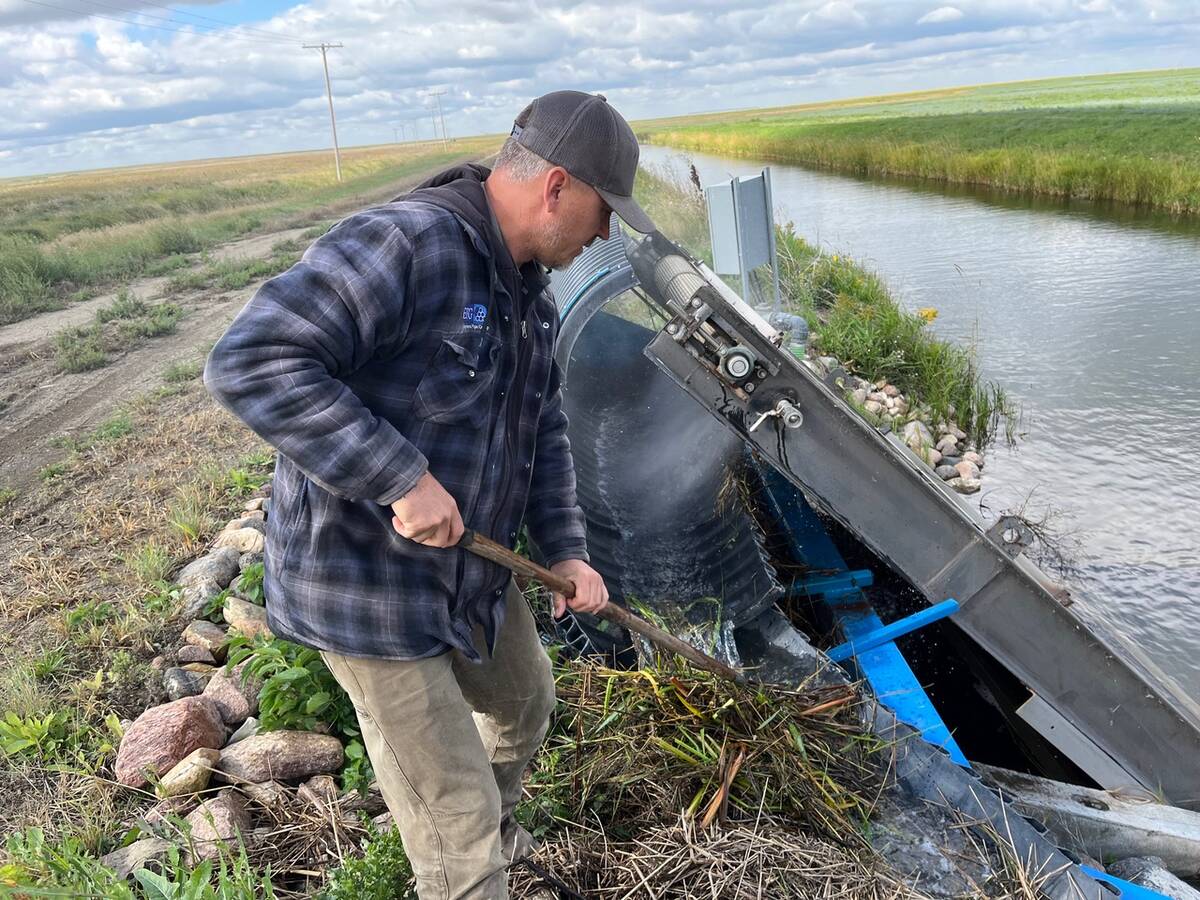RENO, Nevada Ñ American farmers are ready to launch a full-court press to commercialize genetically modified wheat.
The National Association of Wheat Growers has approved a plan to fast track the registration, planting and marketing of GM wheat in the United States.
“Wheat growers have a narrow window of time to make a successful introduction, or risk (wheat) becoming an orphan crop and (being) supplanted domestically by drought-tolerant corn, soybeans and other crops,” states the plan drafted on Feb. 11 and approved by NAWG’s board of directors on Feb. 22.
Read Also

Saskatchewan farmer uses tile drainage to manage water
The integration of both irrigation and tile drainage results in higher yields, water efficiency, improved soils and less nutrient runoff, says one producer.
The agenda is at odds with the slow and steady approach advocated by the industry’s export agency, U.S. Wheat Associates.
“Every single one of us is for commercializing biotech. The big question is when do we do it,” said U.S. Wheat Associates director Dan DeBuff. “We want to delay commercialization until a big majority of our customers are comfortable with transgenic wheat.”
The differing philosophies on the GM issue is one of the main reasons U.S. Wheat Associates nixed a consolidation proposal that would have seen it merge with NAWG and the Wheat Export Trade Education Committee to form a united front.
NAWG’s new plan comes a few months after Monsanto shelved its Roundup Ready wheat project and one year after it wrote a letter to American wheat groups, telling them they weren’t doing enough to publicly support the commercialization of GM wheat.
If NAWG was wishy-washy before, it certainly isn’t anymore.
“Biotechnology has a critical role to play in the future of the U.S. wheat industry and producers will be direct beneficiaries,” it said in a document that was approved during the North American Grain Congress, a meeting of all three wheat groups.
“Therefore, producers need to take a more active role to bring about its introduction.”
Duane Grant, who helped draft the policy, said timing isn’t the only area where NAWG and U.S. Wheat Associates differ on the biotechnology issue.
Before commercialization can occur, U.S. Wheat Associates wants technology providers to implement a segregation system that will keep GM wheat separate from conventional and organic grain.
NAWG believes the onus should be the other way around. It thinks the industry should charge buyers a five to 10 percent premium for segregating what they don’t want from what they want. A baseline contamination threshold allowing for five percent GM content would be established with “market-driven allowances” for higher or lower deviations.
That take it or leave it attitude makes DeBuff nervous.
“Some of the NAWG folks would have released Roundup Ready wheat two years ago and clearly Japan wouldn’t have bought another bushel of wheat from the United States,” he said.
His association has released a more cautious commercialization plan based on the premise that half of U.S. annual wheat production is exported to 80 countries.
“Initially, our strategy must be to preserve market share,” US Wheat Associates said in its plan. “We want to ensure that our non-GM exports are not disrupted when transgenic wheat comes on line. Eventually, as the technology progresses, USW looks forward to being able to promote GM traits that present specific advantages to wheat buyers.”
The two groups will try to reconcile their divergent commercialization plans later this summer but if a last-gasp effort at wheat industry consolidation fails when the board of U.S. Wheat Associates meets in July, NAWG will withdraw from that process to pursue its own aggressive plan. The idea would be to start by selling GM wheat exclusively to domestic millers and processors. Grant dismisses concerns that would irrevocably disrupt American wheat exports.
“Frankly that hasn’t been what we have observed happen in corn, soybeans or canola,” he said.

















